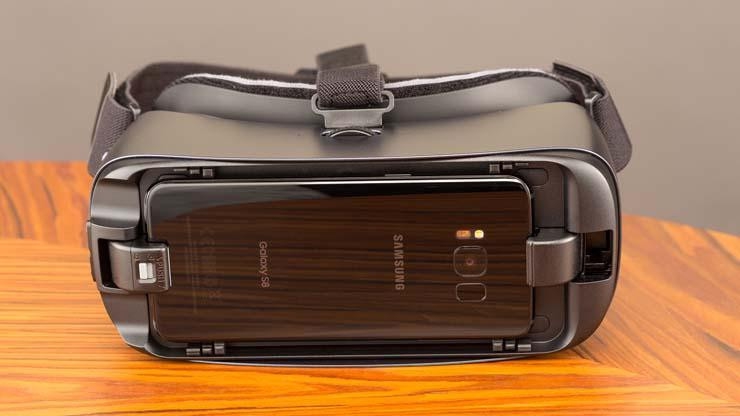Camera 360 Tốt Nhất Trong Năm 2020
The Best 360 Cameras for 2020
By Jim FisherTiny video cameras with multiple ultra-wide lenses capture the entire world around you—all 360 degrees of it. Here's how the most popular models stack up in our testing.
| Product | Kodak Pixpro SP360 4K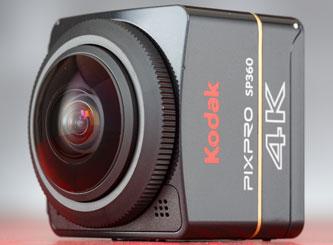 |
Ricoh Theta SC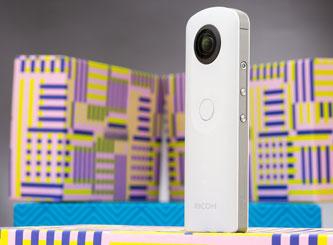 |
Ricoh Theta V |
Rylo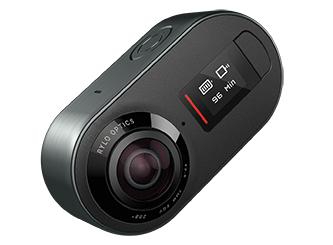 |
Vuze VR Camera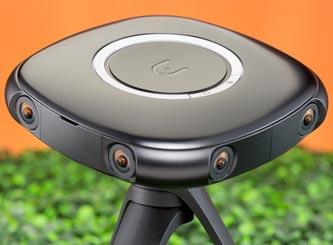 |
YI 360 VR Camera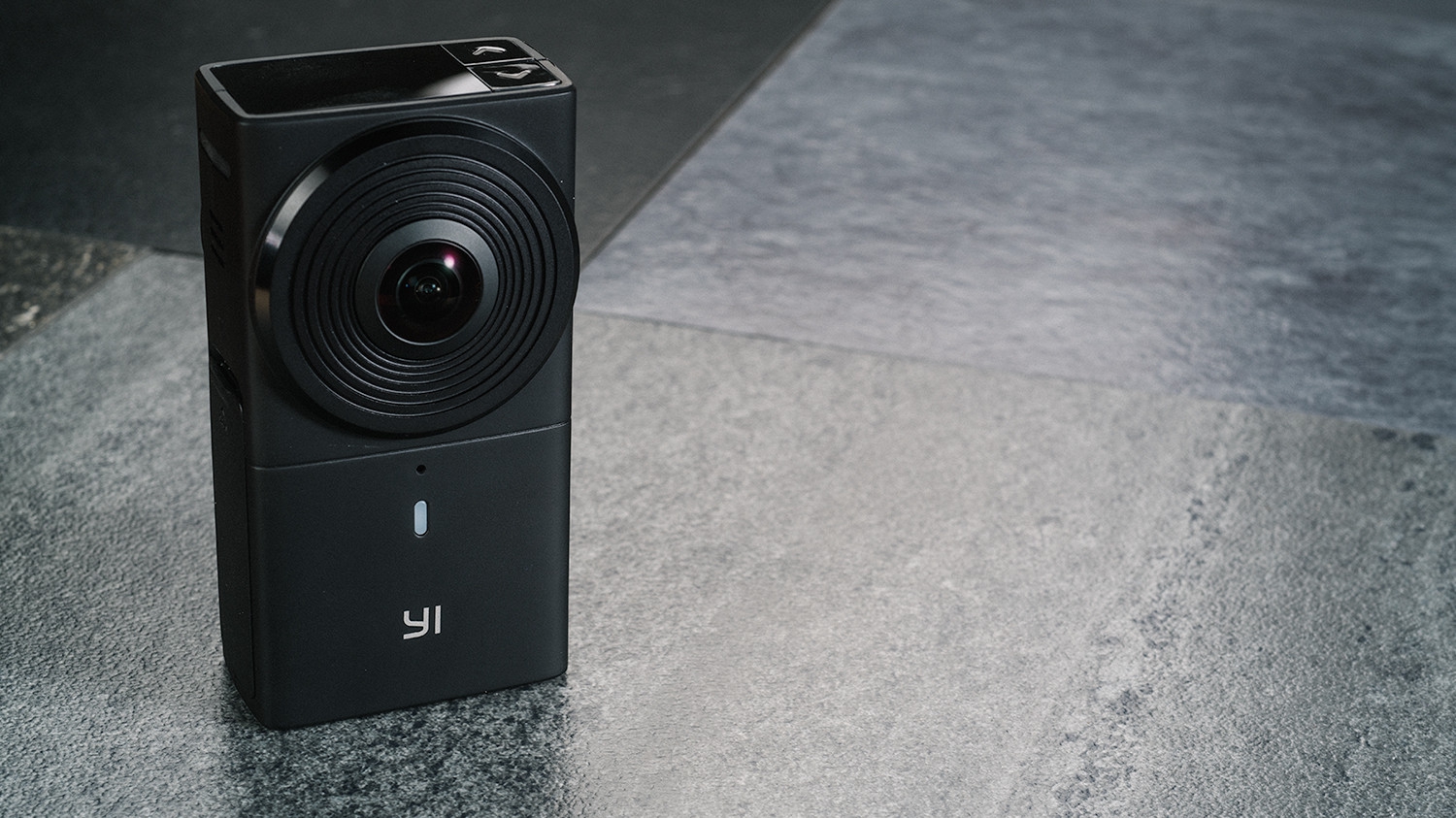 |
GoPro Max |
| Lowest Price | |||||||
| Editors' Rating | |||||||
| Best For | Enthusiasts, Beginners, 360-Degree Capture | 360-Degree Capture | Professionals, Enthusiasts, 360-Degree Capture | Enthusiasts, Beginners, 360-Degree Capture | Professionals, 360-Degree Capture | Enthusiasts, 360-Degree Capture | Professionals, Enthusiasts, 360-Degree Capture, Underwater |
| Dimensions | 1.9 x 2 x 2.1 inches | 5.1 x 1.8 x 0.9 inches | 5.1 x 1.8 x 0.9 inches | 1.5 x 2.9 x 1.7 inches | 1.2 x 4.7 x 4.7 inches | 4 x 2.1 x 1.2 inches | 2.7 x 2.5 x 1.6 inches |
| Weight | 4.5 oz | 3.6 oz | 4.3 oz | 3.8 oz | 14.4 oz | 6 oz | 5.8 oz |
| Video Resolution | 720p, 1080p, 480p, 4K, 2.7K | 1080p | 1080p, 4K | 4K | 4K | 1080p, 4K, 2.7K, 5.7K | 1080p, 5.7K, 1440p |
| Waterproof Depth (Mfr. Rated) | 0 feet | 0 feet | 0 feet | 0 feet | 0 feet | 0 feet | 16 feet |
| Read Review | Kodak Pixpro SP360 4K Review |
Ricoh Theta SC Review |
Ricoh Theta V Review |
Rylo Review |
Vuze VR Camera Review |
YI 360 VR Camera Review |
GoPro Max Review |
The Other Side of the Fad
As the name implies, a 360-degree camera captures the entire world around it. For a time, they were very popular, a hot tech commodity if you will. We saw a huge influx of new ones, many of which were smartphone add-ons, ramping up in 2016 when Samsung joined the race with its first Gear 360 camera and continuing through the next couple of years.
But time marches on. For most, the gimmick of recording spherical video wore thin quickly. Add-on 360 cams went the way of the Essential Phone—which, of course, launched with its own underwhelming add-on camera.
That's not to say you can't buy a 360-degree camera today. There are still a few players in the market, notably Insta360, which caters to pros creating VR applications with its $5,000 Pro II, but sells some more consumer-friendly models like the OneX ($399.95) too. And industry giant GoPro offers its Max action camera with spherical coverage for about $500—we're still testing it, but first impressions are strong enough to include it in our top picks.
All About the Software
If you're thinking about buying a 360-degree camera, you should first think about how you'll use it. Sure, you can record spherical footage and share it on YouTube or Facebook. But as Gear VR and Google Cardboard goggles have gone out of fashion, there are fewer eyeballs out there craving this type of footage.
Instead, you'll find the real power in 360 capture is in reframing the spherical video into a squarely two-dimensional 16:9 frame. Every manufacturer has its own terminology for this type of video editing—for GoPro it's OverCapture and for Insta360 it's reframing—but the concept is the same.
Software editing tools, typically phone-based (but there's also desktop and tablet software available in some cases), allow you to set angles of view for shots, and either pan or cut your footage to switch between them. This allows you to direct the viewer's attention, rather than letting them explore the spherical space, so you'll maintain control over the narrative flow of your project.
There are other benefits too. Because the camera is capturing such an immersive angle of view, and not using all of it, digital stabilization is extremely effective, even better than we've seen from the best action cams.
You do have to rethink how to shoot when rolling footage with the intent of reframing later on. You'll need to take care in placing the camera so you can cut out different angles and still get compelling footage. And, of course, there are plenty of different projections to play with, including a Little Planet view that bends the world into a tiny spherical globe.
Beyond 4K
We're used to seeing small camcorders capture 4K footage, a format that squeezes 8MP of detail in each frame. But stretching those pixels out over a 360-degree sphere really harms quality. Because of this, the top-tier 360-degree cameras offer resolution beyond 5K, which is enough to pull crisp 2K (1080p) video out when reframing footage.
These cameras are mostly video-first, though most also offer still capture. If you're more of a photographer than videographer, think about the affordable Ricoh Theta S as a stills-first option, or the pricier Theta V if you'd also like to mix in some video in your workflow.
Regardless, skip older and ultra-budget models that top out at 2K. They're just not worth your time. For video you'll want 4K capture at the bare minimum, but you'll be better off with a camera that approaches 6K if you can afford it.
Stitching?
More recent cameras, like the Rylo and GoPro Max, stitch video from their dual lenses together as it's shot, so you don't have to process it later. But some options, including the bargain-priced Yi 360, require you to crunch video through an app before you can do anything with it.
It's something you should definitely pay attention to when shopping. Some models, mostly older cameras now selling at a discount, only provide desktop software, and macOS support can be spotty. Check reviews and system requirements before snapping one of these up—you may find that the effort to process the footage is more hassle than it's worth.
You should be aware that, even with the best models, there can be stitching problems when objects get too close to the camera. You'll have no problem with someone walking right up to the front of a lens, but the same subject getting close to the side may disappear into the ether. There is some overlap between multiple lenses to help blend the two halves of video together, but we've yet to see a device that can do it perfectly in all situations.
Once video is stitched into a flat equirectangular projection, you can edit it just like any other video file. The latest version of Adobe Premiere Pro CC handles 360-degree footage easily, and outputs it in a format that you can upload directly to YouTube or Facebook, where viewers will be able to experience spherical footage via a headset or on a tablet screen.
If you want to reframe your footage to cut in with 16:9 video, you'll need to reach for other tools. We recommend most people go with a camera that includes good software tools for this. Stick with GoPro, Insta360, or Rylo if you want good software support.
Viewing Footage: Screens and Goggles
While marketing departments really, really want you to buy a VR headset, but they simply haven't reached a point of ubiquity. If you have one, you can certainly view 360-degree videos if you want to keep them spherical and navigable.
For hosting, you'll want to look at Facebook, Vimeo, and YouTube. The latter two services offer the best video quality, though. You can't share spherical footage on the most popular service for creatives, Instagram, however. And, given that its moment has all but passed, I wouldn't expect to see the feature added down the road.
Instead, you'll get the most flexibility in sharing video if you reframe it to a 16:9 format. There, you can embed anywhere you would a normal video, including Instagram, and many of the software apps support pulling out vertical footage for Stories and Snapchat, adding appeal for vloggers and influencers alike.
Regardless of how you intend to utilize the footage, it's important to look at a 360 camera as another tool in the kit. The footage you're able to capture using the tech can be compelling, but it's certainly not the right tool to use for every shot in a video, or even for every project. A good 360-degree camera can supplement your GoPro, drone, or full-frame mirrorless video rig, but is certainly not a replacement for any of them.
Featured 360 Camera Reviews:
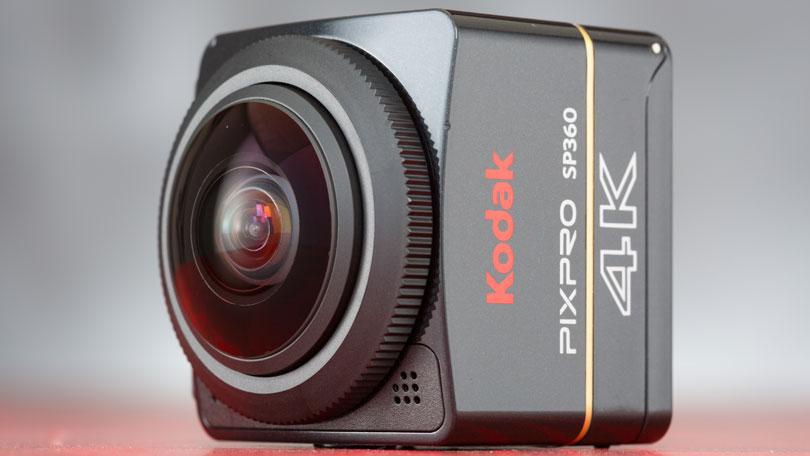
Kodak Pixpro SP360 4K Review
Pros: Captures 360-degree video. Records in 4K. Wi-Fi with NFC. Standard tripod mount. Available with accessory bundle. Waterproof housing available.
Cons: Disappointing smartphone and desktop software. Video edges are soft. Purple fringing in high contrast areas. 360-degree video has a long way to go.
Bottom Line: The Kodak Pixpro SP360 4K is one of the first 360 degree cameras to add 4K support, but resolution is still a problem with the format.
Read Review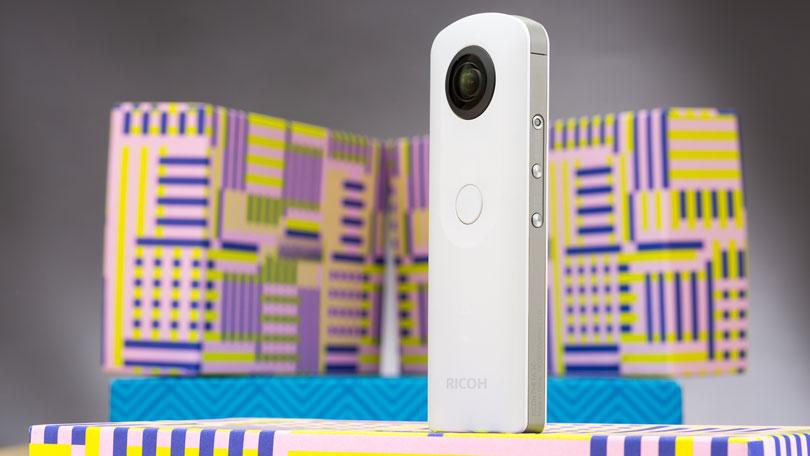
Ricoh Theta SC Review
Pros: Slim, compact design. 360-degree still and video capture. Manual exposure control. Easy operation. Stands up on its own. Tripod socket. Available in multiple colors.
Cons: Underwhelming video quality. Splintered smartphone app ecosystem. Slow video transfer to phone. No live streaming support.
Bottom Line: The Ricoh Theta SC camera offers a stills-first approach to 360-degree capture, bucking the trend of competing devices geared more toward video.
Read Review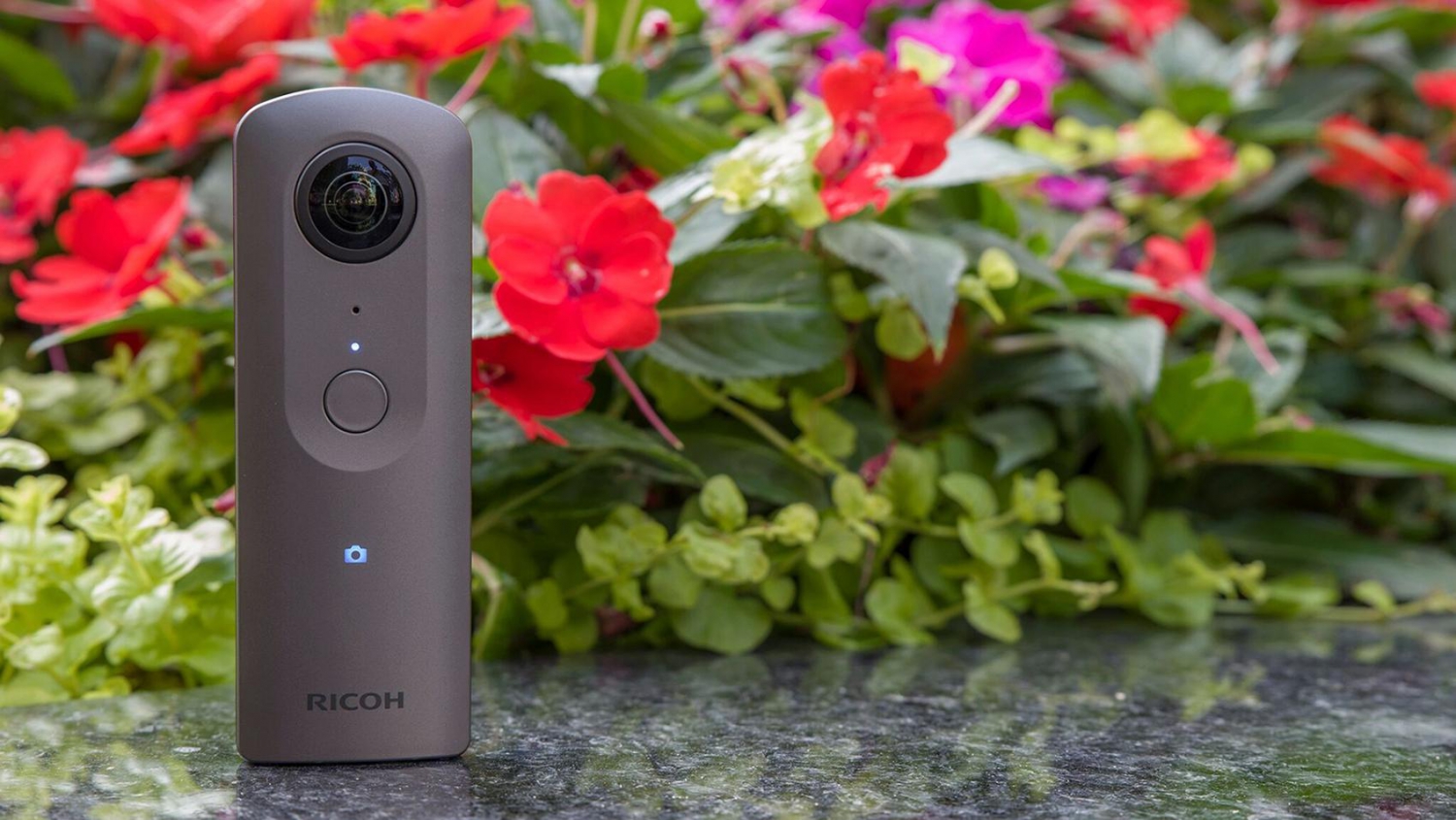
Ricoh Theta V Review
Pros: Slim, handheld form factor. Dual f/2 lenses. 14.5MP imaging and 4K video capture. External microphone support. Live streaming support. Wi-Fi and Bluetooth. Works with Android and iOS.
Cons: Video locked at 30fps. Waterproof case is an additional purchase. Internal, non-expandable storage. Expensive.
Bottom Line: The Ricoh Theta V supports 4K 360-degree video and boasts a mic input, but it's more expensive than competing models and not waterproof.
Read Review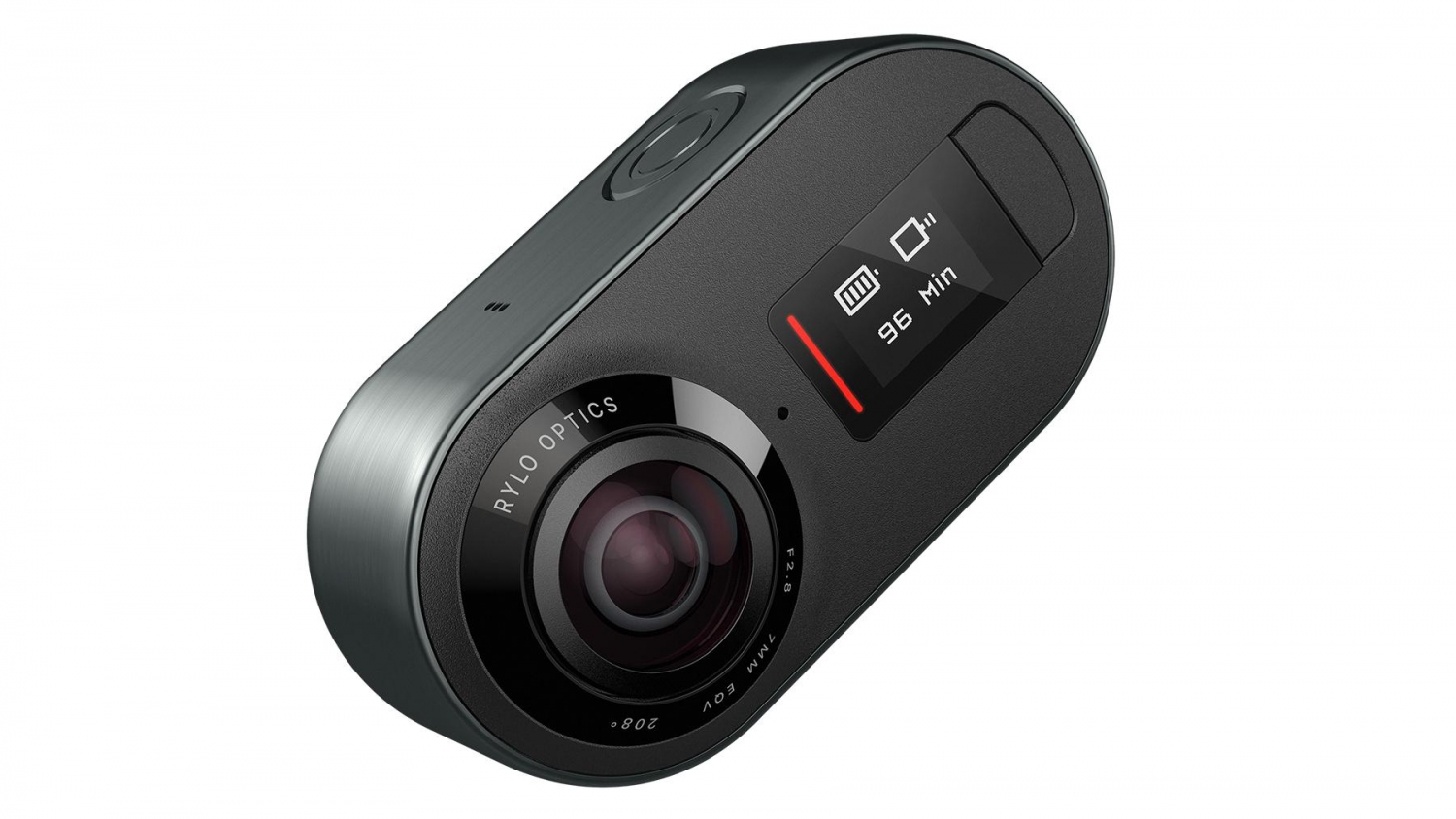
Rylo Review
Pros: 360-degree video capture. Slick software editing solution. Automated stabilization and leveling. Swappable battery.
Cons: Pricey. Finished video could look better. Editing software needs some improvement. Cable required for file transfer to phone. No Android support at launch.
Bottom Line: The Rylo camera captures 360-degree video, but with the intent of cropping and displaying it in a traditional manner. It's a great concept, but it needs more pixels to deliver clear results.
Read Review
Vuze VR Camera Review
Pros: Records 360 degree video in 2D and 3D. Compact design. Wi-Fi remote control via phone. Dust- and splash-resistant design. Multiple color options.
Cons: Pricey. Editing software for Windows only. No exposure adjustment via phone app. Records at 30fps only. Footage is watermarked. No mobile workflow. Omits external microphone input.
Bottom Line: The Vuze VR records 360-degree footage in 3D, but you pay a premium compared with other cameras.
Read Review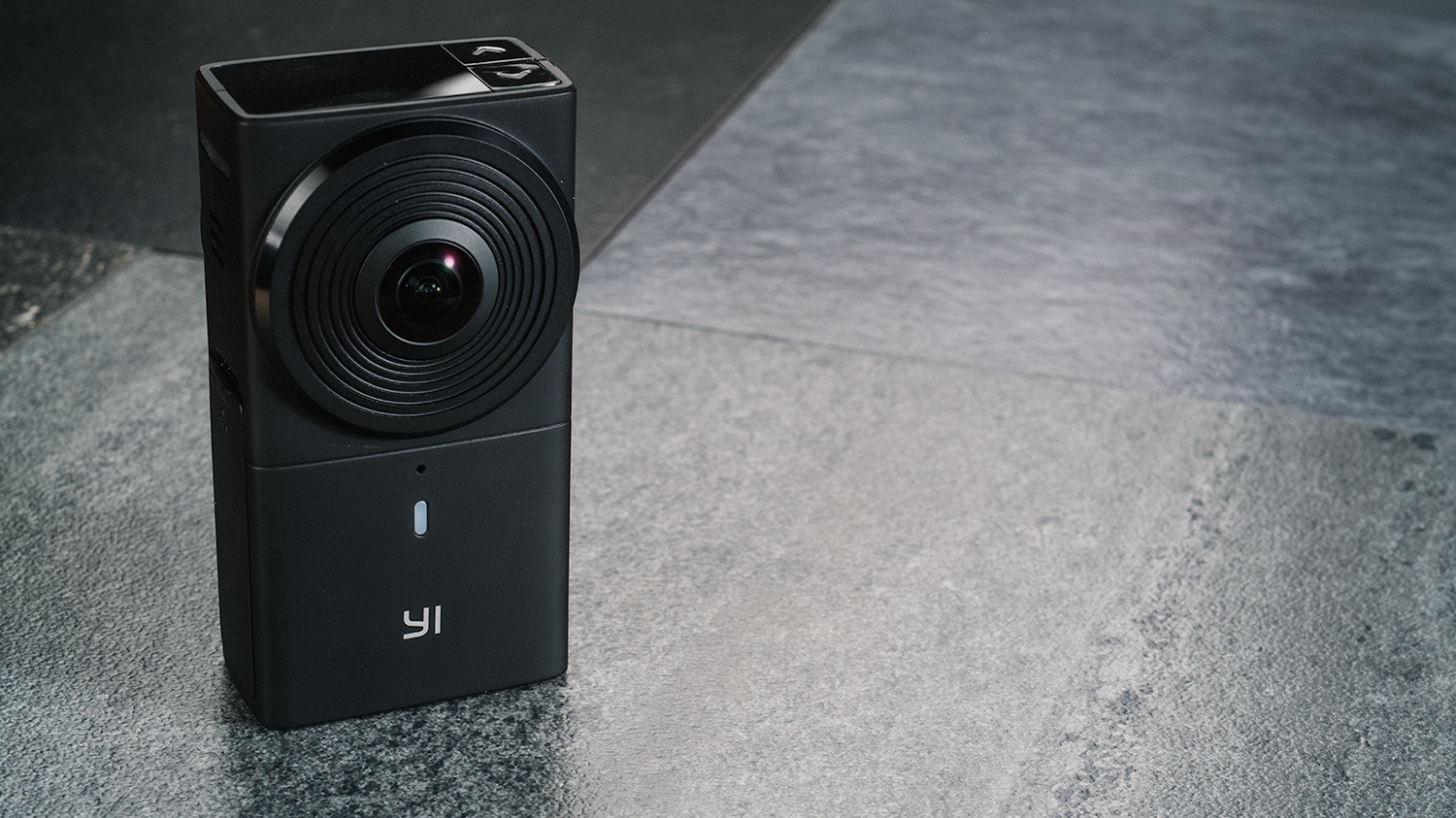
YI 360 VR Camera Review
Pros: Strong 5.7K video quality. Supports 4K live streaming. Works independently of a phone. Standard tripod socket. Reasonable price.
Cons: 5.7K video must be stitched using desktop software. Desktop software is Windows only. Not weather resistant. Can overheat at 5.7K.
Bottom Line: The YI 360 VR Camera captures some of the best-looking 360-degree footage we've seen, but its desktop editing tools are limited.
Read Review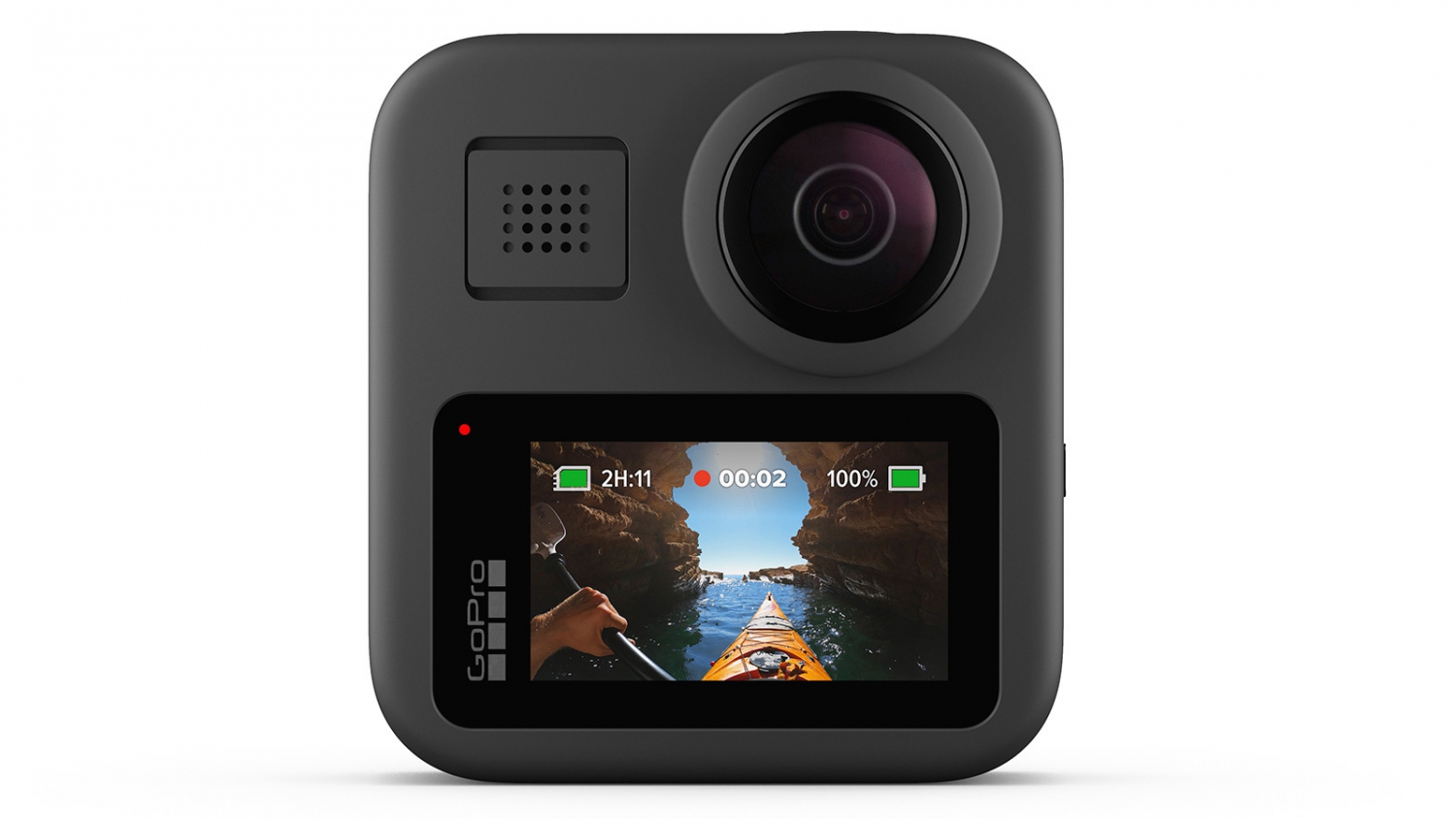
GoPro Max Review
Pros: 360-degree capture. Also works as a single-lens camera. Intuitive software tools. Strong stabilization. Good in-camera audio. Waterproof without a case. Integrated mounting clips.
Cons: Effective resolution is really 1080p. Single lens capture tops out at 60fps. Requires more editing time to get the best results from spherical footage.
Bottom Line: The 360-degree GoPro Max camera promises an easier, more streamlined workflow than last year's Fusion, but has more niche appeal than the more affordable Hero8 Black.
Read Review



